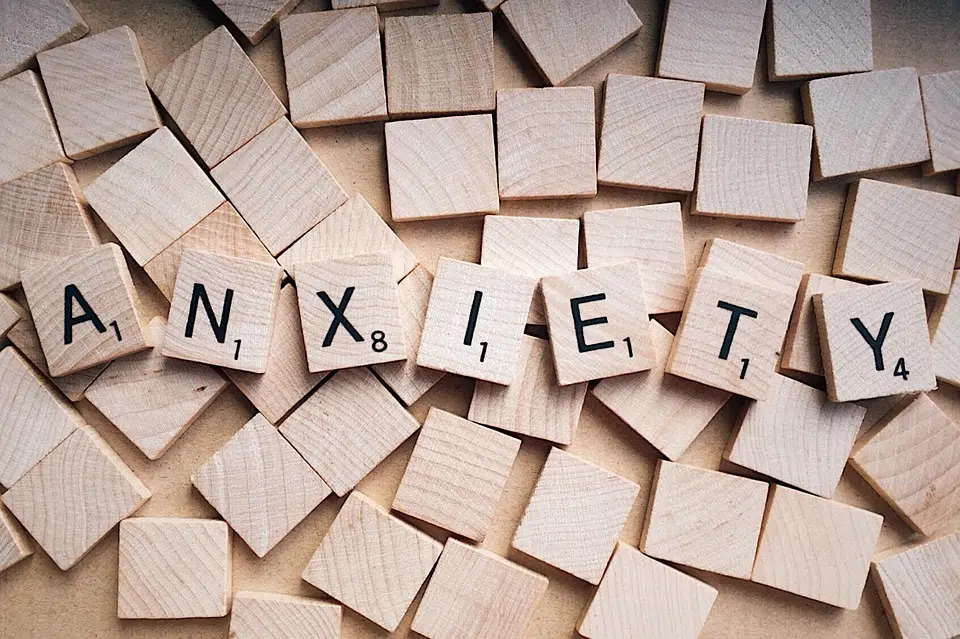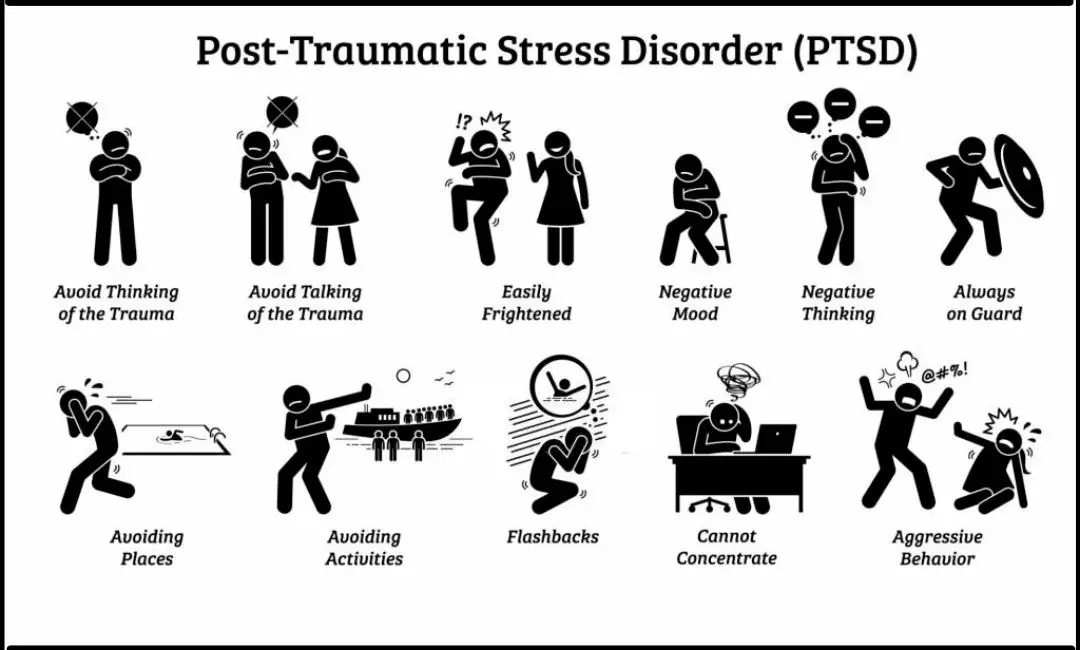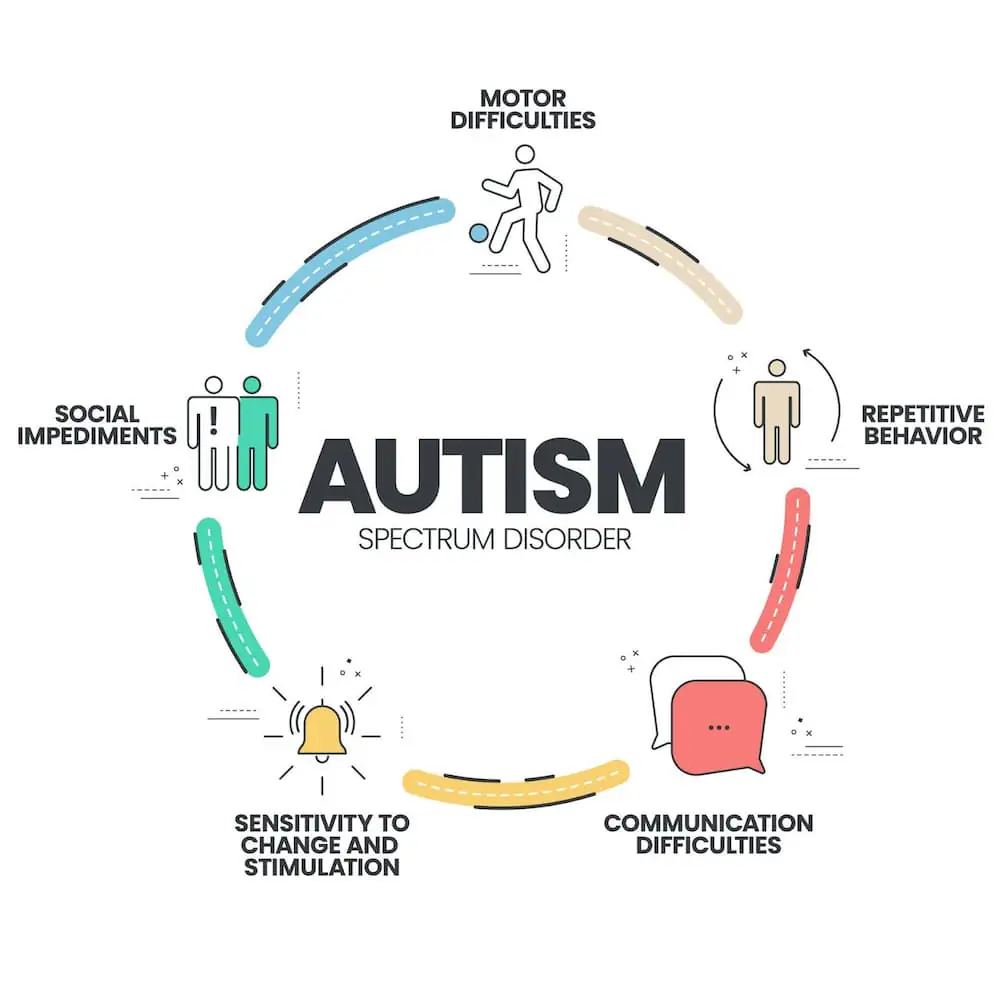Contents
Introduction

Animal-Assisted Therapy: Techniques, Applications, and Effectiveness
Animal-Assisted Therapy (AAT) is a therapeutic approach that incorporates animals, such as dogs, horses, and dolphins, into treatment plans to enhance physical, emotional, and social well-being. This form of therapy leverages the innate human-animal bond to promote psychological health, alleviate stress, and encourage social interaction. AAT is employed in various settings, including hospitals, rehabilitation centers, schools, and private practices, and is known for its adaptability across different age groups and cultural backgrounds. It provides a unique way to connect and communicate, especially for individuals who may find it challenging to engage in traditional therapeutic methods.
This article provides a comprehensive exploration of Animal-Assisted Therapy, detailing its core techniques, applications in various mental health contexts, and overall effectiveness. It will also address common misconceptions and criticisms associated with AAT and evaluate its impact on emotional and psychological well-being.
What is Animal-Assisted Therapy?
Animal-Assisted Therapy (AAT) is a structured, goal-oriented therapeutic intervention that involves animals as a part of the treatment process. Pioneered by Boris Levinson in the 1960s, AAT uses trained animals to facilitate therapeutic outcomes, such as improved emotional regulation, reduced anxiety, and enhanced social skills. AAT practitioners design sessions where clients interact with animals under the guidance of a certified therapist. The type of animal, nature of the interaction, and therapeutic goals are tailored to each client’s unique needs, making AAT a versatile approach for various physical, emotional, and psychological challenges.
Animal-Assisted Therapy (AAT) is crucial because it provides a holistic approach to mental and emotional well-being by integrating the calming, non-judgmental presence of animals into therapeutic practices. The interactions with animals can significantly lower stress levels, enhance mood, and improve social skills, offering a unique, non-verbal, and engaging method to support personal growth and healing.
AAT is particularly beneficial for individuals who may struggle with verbal communication or traditional forms of therapy, as animals can offer comfort and connection in ways that words sometimes cannot. Additionally, AAT’s adaptability across various settings and conditions underscores its value as a versatile therapeutic tool. By fostering a nurturing and supportive environment, AAT helps improve the overall quality of life for individuals, providing emotional support and practical benefits that complement and enhance existing treatment approaches.
Core Concepts
- Human-Animal Bond: AAT leverages the therapeutic potential of the human-animal bond, which fosters deep emotional connections, reduces physiological stress, and encourages positive social behaviors. This unique bond provides a solid foundation for therapeutic interventions, particularly benefiting individuals who may find traditional therapy approaches challenging or less effective. The presence of an animal can also create a sense of companionship that mitigates feelings of isolation and loneliness.
- Therapeutic Alliance: The relationship among the therapist, client, and animal is fundamental for effective therapy. A strong therapeutic alliance, characterized by a supportive and empathetic dynamic, is greatly enhanced by the calming and non-judgmental presence of animals. This relationship fosters a safe and nurturing environment conducive to healing, personal growth, and emotional well-being. The integration of animals into therapy can also help in building trust and engagement, crucial elements for successful treatment outcomes.
- Sensory Stimulation: Interactions with animals offer rich multisensory experiences, including touch, sound, and movement, which can be particularly beneficial for individuals with sensory processing issues or trauma. These sensory engagements help improve focus, alleviate anxiety, and support emotional regulation, making them valuable tools in therapeutic settings. Additionally, the multisensory nature of animal interactions can enhance sensory integration and provide a grounding effect for individuals experiencing overstimulation or sensory overload.
Techniques Used in Animal-Assisted Therapy
- Canine-Assisted Exposure Therapy: Gradual interaction with a therapy dog in a safe and supportive setting to practice social skills and reduce anxiety in a controlled environment, allowing clients to build confidence and comfort in social situations over time. This therapy helps clients overcome fears and anxieties by fostering a sense of security and support through the presence of the dog.
- Equine-Assisted Mindfulness Exercises: Focus on grooming and leading horses, combined with mindful breathing techniques, to reduce hypervigilance and increase emotional regulation, fostering a sense of trust, safety, and connection in individuals with trauma. This approach encourages clients to engage in the present moment, promoting relaxation and emotional balance.
- Dolphin-Assisted Sensory Integration Activities: Engaging in water-based games with dolphin interactions to improve sensory processing, turn-taking, joint attention, and non-verbal communication, creating a therapeutic experience that is both stimulating and calming for clients with developmental disorders. The unique sensory experience with dolphins can enhance social skills and sensory integration in a playful, supportive environment.
- Canine-Assisted Emotional Bonding Exercises: Involves petting, playing, and participating in guided activities with a therapy dog to enhance mood, stimulate oxytocin production, reduce cortisol levels, and provide emotional support, encouraging positive social interactions and personal growth. The bond formed with the therapy dog can significantly boost emotional well-being and resilience.
- Feline-Assisted Relaxation Techniques: Utilizing the calming presence of therapy cats, clients engage in activities like petting and gentle play to lower stress levels, improve mood, and promote relaxation. This interaction encourages a soothing environment where clients can develop mindfulness and manage anxiety.
Notable Figures in Animal-Assisted Therapy
Boris Levinson: A pioneering figure in Animal-Assisted Therapy (AAT), Levinson is renowned for introducing the concept of integrating animals into therapeutic settings during the 1960s. His innovative work highlighted the profound emotional benefits of animal companionship, particularly for children dealing with emotional and developmental challenges.
Samuel Corson and Elizabeth Corson: Esteemed researchers in the field, the Corsons conducted some of the earliest studies demonstrating the positive effects of pets in psychiatric settings. Their research highlighted how animal companionship could enhance social interaction and alleviate anxiety among patients, establishing foundational evidence for AAT.
Aubrey Fine: A prominent contemporary expert in AAT, Fine has made significant contributions through extensive research on the therapeutic effects of animal interactions. His work focuses on integrating AAT with traditional therapeutic models to improve treatment outcomes and expand the scope of therapy.
Boris Levinson- Image Source: en.wikipedia.org

Theories Influenced by Animal-Assisted Therapy
- Attachment Theory: AAT supports Attachment Theory by providing a secure base through animal interactions. The unconditional positive regard offered by animals helps clients form attachments, improving emotional regulation and promoting healing from attachment-related issues.
- Cognitive Behavioral Therapy (CBT): AAT complements CBT by helping clients address cognitive distortions through positive animal interactions. Engaging with animals can reduce anxiety and negative thinking patterns, making CBT more effective.
- Mindfulness-Based Therapy: AAT aligns with mindfulness practices by encouraging clients to be present in the moment during interactions with animals. This focus on the present can reduce stress, enhance self-awareness, and promote relaxation.
- Person-Centered Therapy: AAT is consistent with Person-Centered Therapy’s emphasis on empathy and unconditional positive regard. Animals provide a non-judgmental presence that fosters a safe space for clients to explore their emotions and experiences.
- Family Systems Theory: This theory, developed by Murray Bowen, views the family as an emotional unit that influences individual behavior. AAT can be integrated into Family Systems Theory by involving therapy animals in family therapy sessions.
Applications of Animal-Assisted Therapy in Treating Mental Health Disorders
Animal-Assisted Therapy (AAT) is effective in reducing anxiety symptoms by providing calming interactions and emotional support. Techniques like canine-assisted therapy help individuals feel grounded, reduce physiological symptoms of anxiety, and encourage relaxation.
Example: An individual with Social Anxiety Disorder (SAD) might participate in therapy sessions using “canine-assisted exposure therapy.” By gradually interacting with a trained therapy dog in a controlled environment, they can practice social skills and reduce anxiety in a non-threatening way. The dog’s presence provides comfort and reassurance, helping the individual to face social situations more confidently.
Image Source: movingwithhope.org

Anxiety Disorders

Post-Traumatic Stress Disorder
AAT provides valuable support for individuals with PTSD by promoting emotional regulation and reducing symptoms of hyperarousal through structured animal interactions that encourage a sense of safety and trust.
Example: A veteran with PTSD might engage in “equine-assisted mindfulness exercises” where they focus on grooming and leading horses. The repetitive nature of grooming combined with mindful breathing helps reduce hypervigilance and increase emotional regulation. Riding exercises can build trust and improve emotional resilience by helping them stay present and grounded.
Image Source: continentalhospitals.com
For individuals with Autism Spectrum Disorder, AAT offers a non-verbal means to enhance social skills and communication. Techniques like dolphin-assisted therapy focus on sensory engagement and promote emotional expression.
Example: A child with ASD might participate in “dolphin-assisted sensory integration activities.” They engage in water-based games that involve gentle dolphin interactions, which help improve their sensory processing and social engagement. The therapy encourages turn-taking, joint attention, and non-verbal communication, fostering better interaction skills.
Image Source: startstemcells.com

Autism Spectrum Disorder
Animal-Assisted Therapy Qualification Programs
- Pet Partners Certification Program (USA): Comprehensive training for handlers and therapy animals, focusing on animal-assisted activities and therapy. Pet Partners ensures that handlers and their animals work as a team to provide therapeutic support in settings such as hospitals, schools, and rehabilitation centers. The program emphasizes safety, animal welfare, and effective client-animal interactions, fostering emotional healing and comfort through structured, supportive therapy sessions.
- IAHAIO Animal-Assisted Therapy Standards (Global): Provides global guidelines and certification pathways for professionals seeking to implement animal-assisted therapy interventions. IAHAIO emphasizes best practices in human-animal interactions, ensuring that programs follow ethical and humane standards. Certification under IAHAIO helps professionals design and execute therapy programs that prioritize client outcomes and animal welfare, promoting therapeutic healing through structured and ethical methods.
- PATH Intl. Equine-Assisted Therapy Certification (USA): Focuses on therapeutic interventions using horses to improve physical, emotional, and cognitive well-being. PATH International’s certification program trains therapists to use horses in therapeutic settings, helping clients develop confidence, improve mobility, and reduce stress. The program integrates horsemanship skills with therapeutic techniques, creating a holistic approach to healing.
- AAII Certification in Animal-Assisted Interventions (Global) : Trains professionals in delivering high-quality animal-assisted interventions, with an emphasis on ethical practice and animal welfare. AAII certification includes training in various species of therapy animals and ensures that practitioners are equipped to handle therapy sessions in diverse environments, such as schools, hospitals, and mental health clinics. The certification builds skills in fostering therapeutic connections between animals and clients, promoting emotional and psychological well-being.
- Therapy Dogs International Certification (USA) : Specializes in training and certifying therapy dogs and their handlers for animal-assisted therapy sessions. TDI focuses on preparing therapy dogs to interact with clients in hospitals, nursing homes, and schools, helping to provide comfort, reduce anxiety, and promote positive social behaviors. The certification process emphasizes the handler’s ability to create a therapeutic bond between the dog and clients, resulting in emotionally supportive therapy experiences.
Common Myths about Animal-Assisted Therapy
| Myth | Explanation |
| Animal-Assisted Therapy is Just Playing with Animals | AAT is not merely about spending time with animals; it involves structured, goal-oriented interventions designed to address specific therapeutic needs, such as reducing anxiety or improving social skills. |
| Anyone Can Facilitate AAT Sessions | AAT requires trained professionals who understand both therapeutic techniques and animal behavior to ensure safe, effective, and ethical treatment. It is not simply a task for pet owners or untrained volunteers. |
| Therapy Animals Can Be Any Pet | Not all animals are suitable for therapy work. Animals used in AAT undergo specific training to ensure they can interact safely and beneficially with clients in therapeutic settings. |
| AAT is a Quick Fix for Psychological Issues | AAT is not a quick or standalone solution. It is often part of a broader, multi-modal treatment plan and requires consistent sessions over time to achieve lasting therapeutic outcomes. |
Criticisms of Animal-Assisted Therapy
- Limited Empirical Evidence: Despite the increasing popularity of Animal-Assisted Therapy (AAT), it faces criticism for a lack of solid empirical evidence supporting its effectiveness. Many studies in the field are based on small sample sizes or lack rigorous control groups, which raises concerns about the reliability and validity of their findings. Critics argue that more high-quality, large-scale research is needed to establish AAT as a credible therapeutic approach with well-defined benefits.
- Variability in Implementation: The practice of AAT varies widely among practitioners, leading to inconsistent treatment experiences and outcomes for clients. Different animals, settings, and techniques can be used, making it difficult to standardize protocols or compare results across studies and clinical applications. This variability highlights a need for clearer guidelines and standards to ensure more consistent and effective therapeutic outcomes.
- Ethical Concerns: The involvement of animals in therapy raises ethical concerns, particularly regarding the welfare of the animals used. Some critics argue that therapy animals may experience stress, fatigue, or even harm during sessions, especially if not properly cared for or if sessions are too frequent or intense. The ethical use of animals in therapy requires careful consideration, regulation, and adherence to guidelines to ensure the well-being of both clients and animals.
Conclusion
Animal-Assisted Therapy (AAT) represents a compelling and innovative approach to mental health care, leveraging the therapeutic power of human-animal connections. With a growing body of evidence supporting its effectiveness, AAT offers a unique and engaging alternative to traditional therapy methods. While challenges remain in standardizing practices and ensuring ethical treatment of animals, AAT’s potential benefits for diverse populations are substantial, emphasizing the need for continued research and development in this promising field.
References
- Fine, A. H. (Ed.). (2019). Handbook on animal-assisted therapy: Foundations and guidelines for animal-assisted interventions (5th ed.). Academic Press.
- Kruger, K. A., & Serpell, J. A. (2010). Animal-assisted interventions in mental health: Definitions and theoretical foundations. In A. H. Fine (Ed.), Handbook on animal-assisted therapy: Theoretical foundations and guidelines for practice (3rd ed., pp. 33-48). Academic Press.
- Chandler, C. K. (2017). Animal-assisted therapy in counseling (3rd ed.). Routledge.
- Morrison, M. L. (2007). Health benefits of animal-assisted interventions. Complementary Health Practice Review, 12(1), 51-62.
- Nimer, J., & Lundahl, B. (2007). Animal-assisted therapy: A meta-analysis. Anthrozoös, 20(3), 225-238.
- Kamioka, H., Okada, S., Tsutani, K., Park, H., Okuizumi, H., Handa, S., Oshio, T., Park, S. J., Kitayuguchi, J., Abe, T., & Mutoh, Y. (2014). Effectiveness of animal-assisted therapy: A systematic review of randomized controlled trials. Complementary Therapies in Medicine, 22(2), 371-390.
- Berget, B., Ekeberg, Ø., & Braastad, B. O. (2008). Animal-assisted therapy with farm animals for persons with psychiatric disorders: Effects on self-efficacy, coping ability, and quality of life. Clinical Practice and Epidemiology in Mental Health, 4(9).
- Marcus, D. A. (2013). The science behind animal-assisted therapy. Current Pain and Headache Reports, 17(4), 1-7.
- Dietz, T. J., Davis, D., & Pennings, J. (2012). Evaluating animal-assisted therapy in group treatment for child sexual abuse. Journal of Child Sexual Abuse, 21(6), 665-683.
- Odendaal, J. S. J. (2000). Animal-assisted therapy — magic or medicine? Journal of Psychosomatic Research, 49(4), 275-280.
Explore more Theories & Therapies








